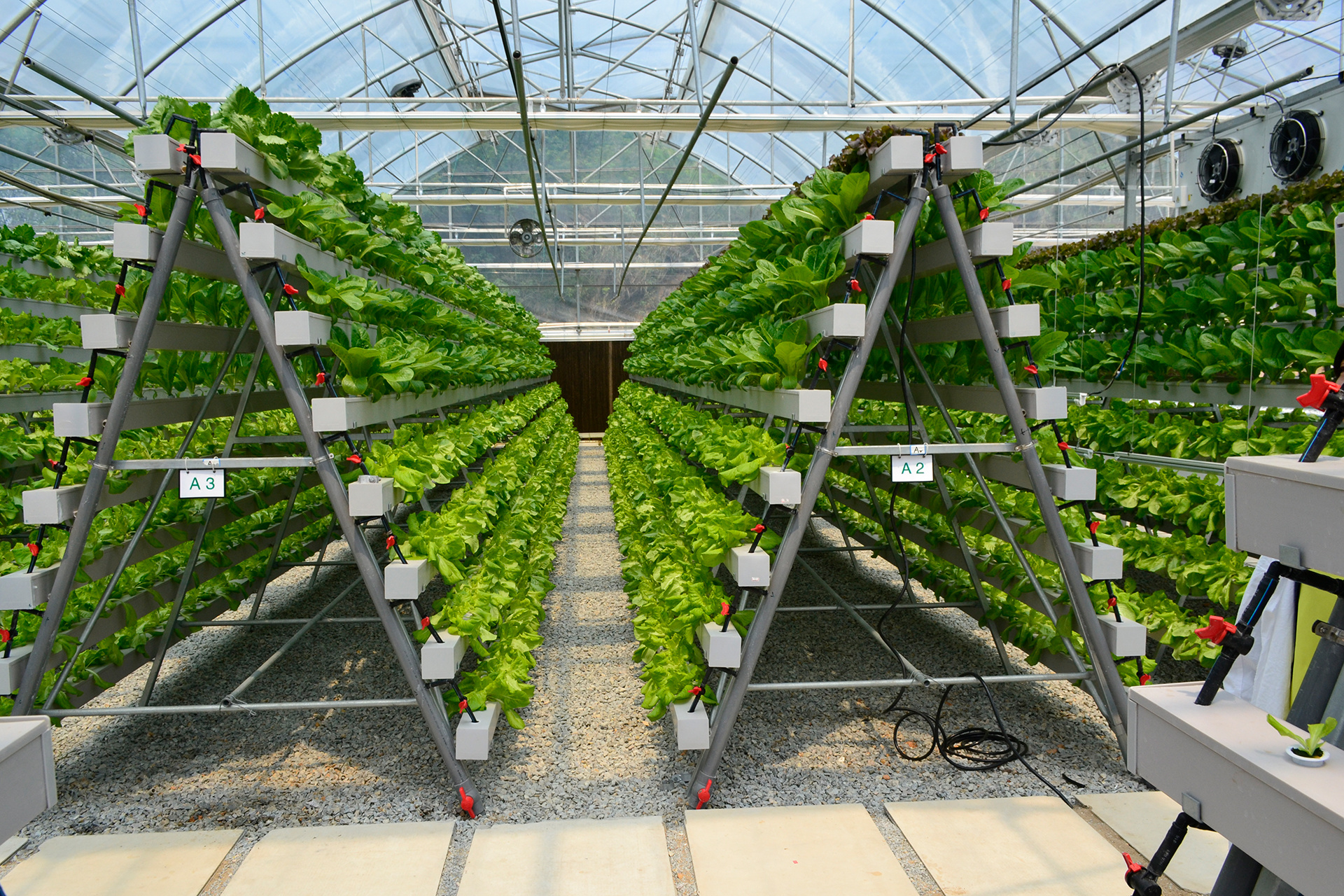Why Single-Tunnel Greenhouses Are Revolutionizing Agricultural Practices
Release time:
Apr 13,2025
1. Introduction
In the ever-evolving world of agriculture, innovation plays a crucial role in meeting the challenges posed by climate change, population growth, and the demand for sustainable food production. One of the most promising advancements in this field is the emergence of **single-tunnel greenhouses**. These structures are not just a passing trend; they represent a significant evolution in agricultural practices that can enhance productivity and sustainability.
2. What Is a Single-Tunnel Greenhouse?
A single-tunnel greenhouse is a type of structure characterized by its elongated shape and single arch design. Unlike larger multi-span greenhouses, single-tunnel greenhouses are typically more compact and easier to manage. They are constructed using a variety of materials, often featuring a plastic cover to trap heat and sunlight while protecting crops from harsh environmental conditions. This design allows for optimal light penetration and temperature control, fostering an ideal growing environment for various plants.
3. Benefits of Single-Tunnel Greenhouses
Single-tunnel greenhouses offer a multitude of benefits that make them an attractive option for farmers and agricultural enthusiasts alike.
3.1 Enhanced Crop Yield
One of the most significant advantages of single-tunnel greenhouses is their ability to enhance crop yield. The controlled environment within these structures allows farmers to extend the growing season, cultivate off-season crops, and achieve multiple harvests in a year. By mitigating the risks associated with adverse weather conditions, single-tunnel greenhouses enable consistent and reliable production.
3.2 Resource Efficiency
Single-tunnel greenhouses are designed to optimize resource utilization. They require less water compared to traditional farming methods, as irrigation systems can be tailored to meet specific plant needs. Additionally, they can utilize rainwater harvesting systems, reducing dependency on external water sources. The ability to control temperature and humidity also means lower energy costs for heating and cooling, leading to a more sustainable farming approach.
3.3 Pest and Disease Management
Managing pests and diseases is a significant concern for farmers. Single-tunnel greenhouses provide a physical barrier that protects crops from harmful insects and diseases. Integrated pest management strategies can be effectively implemented within these controlled environments, allowing for the use of biological pest control methods and reducing the reliance on chemical pesticides. This not only leads to healthier crops but also contributes to more sustainable agricultural practices.
4. Design and Structure of Single-Tunnel Greenhouses
The design of single-tunnel greenhouses plays a pivotal role in their functionality. Typically, these structures are constructed using lightweight materials such as galvanized steel or aluminum for the frame, with a polyethylene or polycarbonate cover. The arch shape facilitates the efficient distribution of sunlight and rainwater, while also providing structural integrity against wind and heavy snow loads.
Moreover, the interior layout of single-tunnel greenhouses can be customized based on the type of crops being grown. Vertical farming techniques can be incorporated, allowing for better space utilization and maximizing yield per square meter.
5. Sustainability in Agriculture
Sustainability is at the forefront of modern agricultural practices, and single-tunnel greenhouses are a testament to this shift. By utilizing renewable energy sources such as solar panels, these greenhouses can operate with minimal environmental impact. Furthermore, the reduction of chemical inputs and the ability to grow organic produce within a controlled environment align with the growing consumer demand for sustainable food options.
The efficient use of resources, coupled with the reduction of greenhouse gas emissions often associated with traditional farming, positions single-tunnel greenhouses as a crucial player in the quest for sustainable agriculture.
6. Case Studies: Success Stories of Single-Tunnel Greenhouses
Examining real-world applications of single-tunnel greenhouses reveals their transformative potential. For instance, in regions with extreme weather conditions, farmers have reported significant increases in productivity after transitioning to these structures. One case study from a farming cooperative in California noted a **40% increase** in tomato yields during the first year of implementation.
Similarly, a small-scale farmer in Michigan utilized a single-tunnel greenhouse to grow organic herbs. The ability to control the growing environment led to a consistent supply of high-quality produce, which helped the farmer establish a loyal customer base at local farmers' markets.
7. The Future of Agriculture with Single-Tunnel Greenhouses
As agricultural challenges continue to mount, the future of farming lies in innovative solutions like single-tunnel greenhouses. The flexibility and adaptability of these structures make them suitable for diverse climates and a variety of crops. Moreover, advancements in technology, such as automated irrigation systems and climate control sensors, are likely to enhance the efficiency and effectiveness of single-tunnel greenhouse farming.
Collaboration between agriculturalists, researchers, and policymakers will be essential to maximize the potential of single-tunnel greenhouses. Investing in education and training programs will ensure that farmers can fully leverage the benefits these structures offer, leading to a more productive and sustainable agricultural landscape.
Single-tunnel greenhouses represent a revolutionary shift in agricultural practices, providing farmers with the tools to optimize their production while embracing sustainable methods. By enhancing crop yield, improving resource efficiency, and facilitating better pest and disease management, these structures are well-positioned to address the challenges of modern agriculture. As technologies continue to advance, the potential for single-tunnel greenhouses will only grow, making them an indispensable asset in the pursuit of food security and environmental sustainability. Embracing this innovation is not just a choice; it is a necessity for the future of farming.
Related Information
AI+ Agriculture: Discuss its present, challenges and future
Jun 18,2024
Causes and solutions of strawberry albino fruit
Jun 18,2024
Smart Greenhouse Global Opportunity Analysis and Industry, 2020-2027
Jun 18,2024
Industry Information

